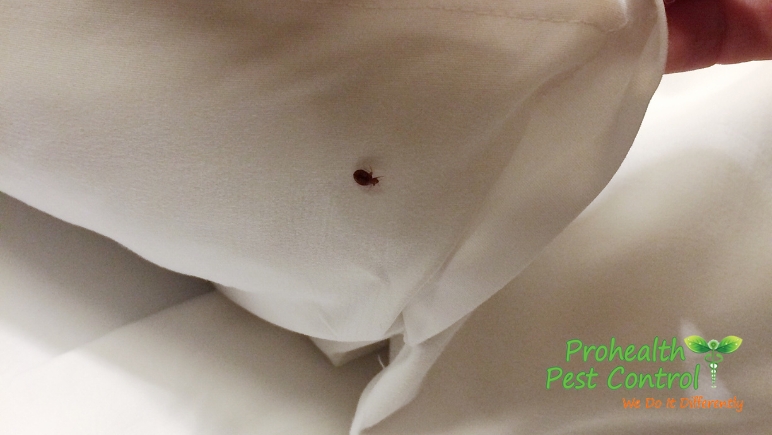How Long do Bed Bugs Live in Optimal Conditions?
When it comes to insects, it’s very difficult to guess how long they’ll live. After all, there are insects that only live a few days. Unfortunately, bed bugs are not one of those insects. Bed bugs that have been studied in a laboratory setting have been shown to live up to a year and sometimes a bit longer. However, it’s important to remember that this lifespan is being measured under optimal conditions, something that probably won’t apply in the wild.
In the real world, bed bugs are subjected to all sorts of environmental factors that will either shorten or end their lifespan. This includes extremely harsh weather conditions, a lack of sustenance (blood), and predators. This typically translates to a lifespan of approximately 4–6 months.
How Long Can Bed Bugs Live Without Feeding?
Blood is a bed bug’s only sustenance. Feeding on blood is required for them to molt so that they can grow into adults and reproduce. Bed bugs will typically feed approximately twice per week. In optimal settings, a bed bug can go up to a year without feeding. But, in the real world, this usually ranges between a few weeks and a few months, depending on the specific conditions.
The Most Common Signs of a Bed Bug Infestation
Since bed bugs can live for a while between blood meals, it’s important to get rid of them as soon as possible. You’ll first need to learn some of the most common signs of an infestation:
Red, Itchy Spots
The most obvious sign of a bed bug infestation that you’ll probably notice are red, itchy spots on your skin. This is where a bed bug has fed on your blood during the night. You’ll often see a few bed bug bites in a somewhat straight line. They’re typically not dangerous unless you’re allergic in some way, but they can be extremely irritating.
Bloodstains
The second most common clue that you have bed bugs is the appearance of blood stains on your sheets. This is usually caused by a person rolling over onto the bed bug and squeezing out a little bit of the blood that they’ve ingested during their feeding frenzy. Another reason, which may be even more gross depending on how you feel about it, is that bed bugs will often leak out a little blood while feeding.
Fecal Marks
It’s also common to find fecal marks on your bed sheets, pillowcases, or mattress. These are very small, approximately the size of a pen tip, and either dark brown or black in color. You might also find them in areas where bed bugs are living inside your furniture, electrical outlets, etc. They’re hard to wash out because water makes them smear, similar to what happens with magic marker stains.
Musty Odor
The pheromones released by bed bugs have a musty odor that often smells like raspberries, cilantro, or almonds. If your home already has a severe bed bug infestation, then the smell will be similar to wet towels, moldy laundry, and maybe rust. These odors occur when bed bugs feel that they’re in danger.
Bed Bug Shells
Each time a bed bug has a growth spurt, they end up molting, or shedding their skin. This results in transparent bed bug shells being left around. These shells are often hidden from sight between folds in your furniture or mattress. But, in large numbers, you might see a few. That’s why this is very often a good indication that you have an infestation on your hands.
Contact ProHealth Pest Control for Bed Bug Control
ProHealth Pest Control can get rid of bed bugs, cockroaches, ants, rodents, and all other pests. If you have any questions about our residential or commercial pest control services, reach out to our exterminators at (727) 308-4087.





